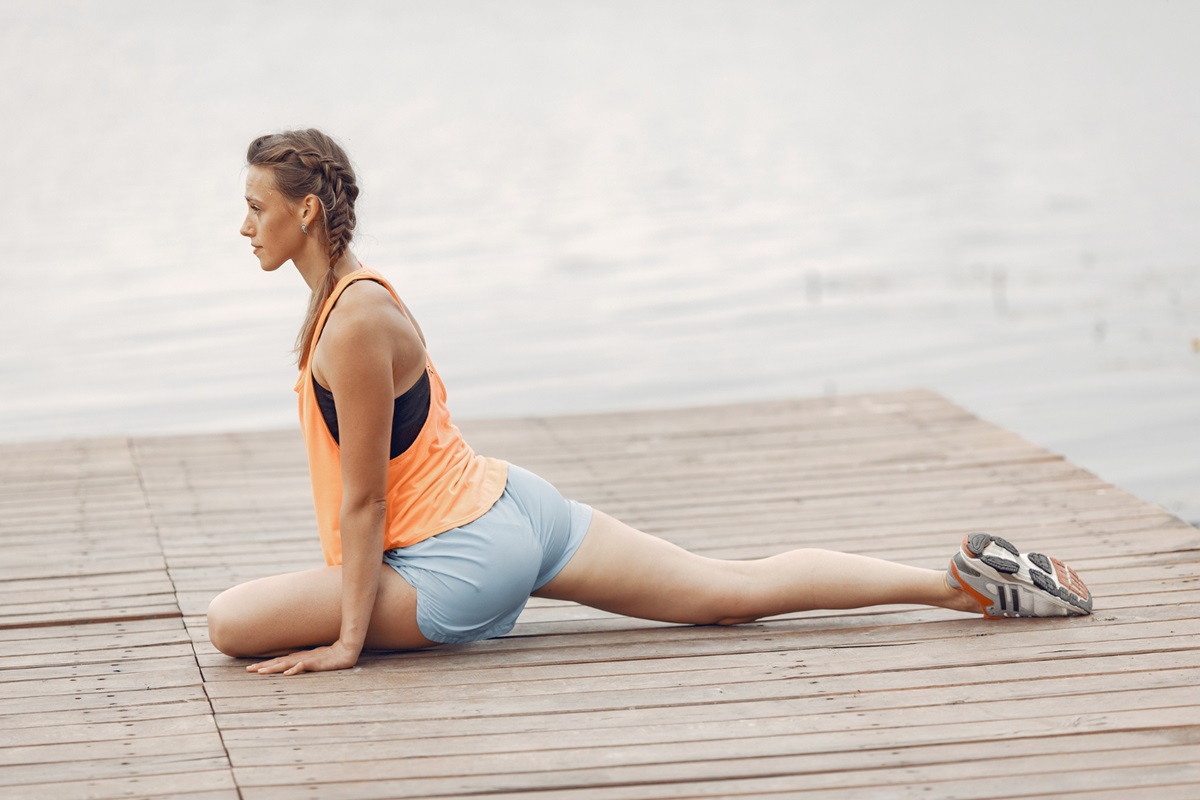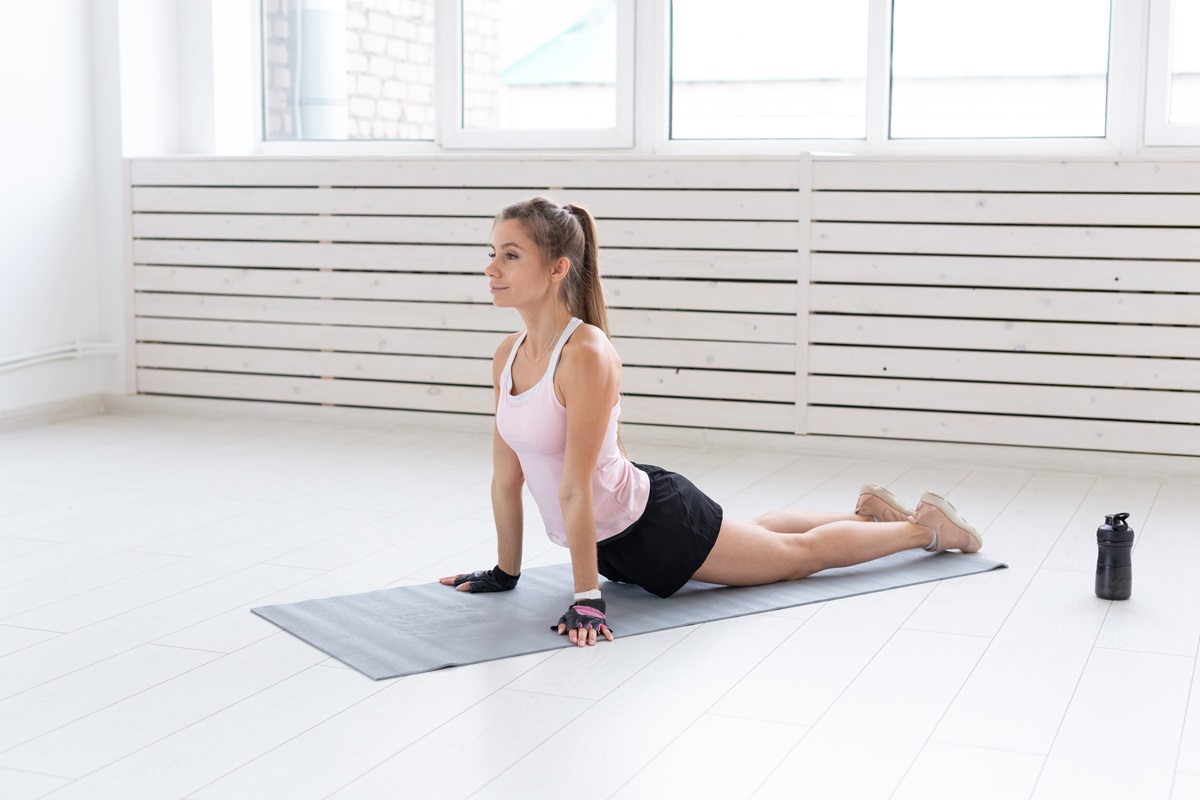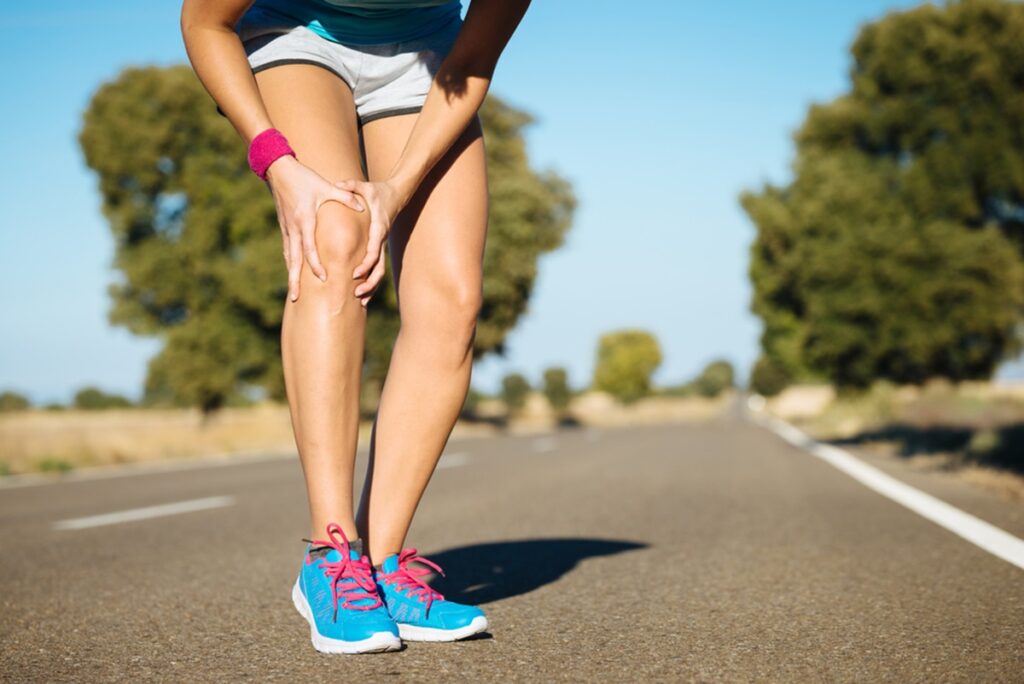If you’re dealing with tightness or discomfort in your hips, you’re not alone. Many people struggle with mobility and stiffness that affect daily movement and athletic performance. Fortunately, incorporating the right hip stretches for pain can provide both immediate relief and long-term support. In this guide, we'll share expert-approved techniques to help you move better, …
Hip Stretches for Pain Relief and Performance

If you’re dealing with tightness or discomfort in your hips, you’re not alone. Many people struggle with mobility and stiffness that affect daily movement and athletic performance. Fortunately, incorporating the right hip stretches for pain can provide both immediate relief and long-term support. In this guide, we’ll share expert-approved techniques to help you move better, ease muscle strain, and support tissue healing. These strategies are helpful whether you’re experiencing soreness from overuse, arthritis, or recovering from hip labral tears.
What to Know Before Starting Hip Exercises
A notable percentage of adults over the age of 60—approximately 14%—report experiencing persistent hip pain on the majority of days across a typical six-week span. This statistic underscores just how common chronic hip discomfort is among older populations. These findings highlight the importance of early intervention strategies, including stretching and strengthening, to manage pain and support mobility as we age.
Stretching the hips is generally safe, but it’s important to consider a few safety guidelines before diving into a new routine. Using proper form, listening to your body, and avoiding any painful or sharp movements can reduce the risk of injury. It’s essential to recognize concerning symptoms, such as severe pain, swelling, or limited range of motion that may signal underlying issues like hip impingement, hip bursitis, or hip labral tears.
Consulting a healthcare provider or physical therapist is wise if you’re dealing with chronic inflammation, post-surgical recovery, or structural conditions like hip osteoarthritis. Always warm up with light movement to increase circulation and prepare the muscles. Using heat therapy before stretching and an ice pack afterward can aid recovery and reduce post-stretch inflammation.
Essential Hip Stretches to Ease Pain
Stretching can alleviate pain, improve hip flexibility, and support overall mobility. These effective hip pain stretches target multiple areas including the front, side, and deep tissues of the hip. Remember to use a comfortable stretch intensity and maintain good form using a yoga mat or cushion for support.
Hip Flexor Stretch for Tight Hips
This stretch addresses the hip flexor muscle, which becomes shortened and tight from prolonged sitting or poor posture. Kneel on one knee with the other foot forward, ensuring the front knee aligns over the ankle. Lean forward slowly until you feel a comfortable stretch in the front hip.
Hold for 30 seconds while breathing deeply. The hip flexor lunge variation can deepen the stretch and improve hip extension. For even more benefit, try a side-lying hip flexor stretch to add variety to your routine.
Outside Hip Stretches to Target Lateral Pain
Outside hip stretches target the gluteus medius, IT band, and supporting muscles. Perform a standing IT band stretch or figure four stretch to relieve lateral tension. These movements are essential for anyone experiencing hip joint pain, especially when side-stepping or walking uphill.
Be mindful of knee alignment and avoid putting excessive pressure to the knees. Regularly doing outside hip stretches can enhance lateral hip strengthening exercise performance and reduce symptoms from hip impingement or overuse.
Butterfly Stretch for Hip Mobility
The butterfly stretch increases mobility in the inner thighs and hips. Sit with the soles of your feet together and knees bent outward, gently pressing your knees toward the floor. Keep your back tall and lean forward from the hips to intensify the stretch.
This movement can also be paired with the sitting inner thigh stretch for deeper flexibility work. It’s great for managing tightness caused by arthritis, sedentary lifestyles, or muscle strain. Include it in your daily routine to prevent stiffness.
Pigeon Pose for Deep Hip Relief

The pigeon pose is a powerful yoga pose that targets deep hip rotators and the piriformis muscle. It’s especially useful for hip labral tear pain relief and deep tension from hip bursitis. Place one bent leg forward and extend the other straight behind you while lowering your torso over your front leg.
You may also try the seated pigeon or frog stretch as alternatives if the full pose feels too intense. These variations help maintain hip joint mobility without causing strain. Always move within a comfortable stretch range.
Half Kneeling Hip Flexor Stretch
The half kneeling hip flexor stretch is a cornerstone movement for releasing anterior hip tension. Start in a lunge position with one knee on the ground, keeping your spine upright. Engage the glutes and shift forward gently to feel the stretch through your hip flexors.
This stretch promotes hip flexibility and helps align the pelvis, reducing stress on the lower back. It is a common part of individualized exercise plans created by a physical therapist. Include this regularly for effective and safe stretching.
Strengthening Exercises to Support Hip Stability
While stretching relieves tightness, strengthening promotes joint stability and function. These exercises complement your hip stretches for pain routine and help restore balance, prevent injury, and enhance performance. The following are excellent choices for both rehab and strength-building phases.
Squats and Variations for Hip Strength
Squats improve overall lower body strength and activate key hip muscles. Begin with mini squats for reduced pressure, then progress to side stepping or lateral squats. These are excellent for improving hip alignment and core stability.
Consider using a resistance band above the knees to increase difficulty. These movements are especially helpful for those recovering from hip replacement or managing hip osteoarthritis.
Side-Lying Leg Raises to Build Hip Abductors
The side lying leg raise targets the outer hips and is key for hip abduction strength. This movement engages stabilizers like the gluteus medius, which support balance and gait control.
Add a resistance band around the thighs to build endurance and functional strength. This exercise also supports recovery from hip flexor strain or weakness.
Fire Hydrant and Donkey Kick Movements
These classic moves build strength in the glutes and stabilizing hip muscles. Use a yoga mat for comfort, and begin on all fours, lifting your leg to the side (fire hydrant) or back (donkey kick). Keep movements slow and controlled to avoid compensation from other areas.
These exercises are commonly recommended by physical therapists as part of rehab for hip labral tears, and they pair well with hip stretches for pain protocols.
Glute Bridges and Single-Leg Variations
Glute bridges are essential for restoring hip extension power and pelvic stability. Lying on your back, push your hips upward while keeping your feet flat and knees bent. Add a single-leg glute bridge for increased difficulty and asymmetrical strengthening.
This movement aids in hip flexibility, supports tissue healing, and is commonly included in a physical therapist-led program.
Tips for Safe and Effective Hip Stretching
Using smart technique ensures your stretching efforts are both safe and effective. Each individual may require modifications depending on pain level, history of injury, or structural limitations like hip osteoarthritis. Here are key tips to guide your practice:
- Start slow and increase stretch duration gradually over time.
- Use props like a yoga mat, cushion, or bolster for comfort and alignment.
- Pair stretching with heat therapy or an ice pack based on your needs.
- Don’t ignore concerning symptoms—consult a physical therapist for evaluation.
- Consider using stretching as part of a complete rehab plan including cortisone injections or pain-relieving medications if needed.
How Sustain Physical Therapy and Performance Can Help

According to insights from the Hospital for Special Surgery, physical therapy plays a vital role in managing mechanical hip pain. It directly targets dysfunctional movement patterns and muscle imbalances that often contribute to chronic discomfort. Through guided exercise and expert supervision, physical therapy addresses the root cause rather than just masking symptoms.
At Sustain Physical Therapy and Performance, we provide more than just exercises—we deliver solutions. Our Boston-based team helps patients uncover the root cause of their pain and creates individualized exercise plans that blend stretching, strengthening, and hands-on treatment. Whether you’re managing arthritis, hip labral tears, or a recent muscle strain, our professionals guide your recovery every step of the way.
We specialize in effective hip alignment exercises, mobility retraining, manual therapy, and performance optimization. For anyone seeking expert hip pain treatment in Boston, MA, Sustain PT is a trusted provider combining evidence-based care with individualized support.
Conclusion
Finding the right combination of hip stretches for pain, mobility drills, and strength work is critical for restoring function and preventing injury. Whether you’re managing chronic inflammation, recovering from surgery, or maintaining athletic performance, a well-designed plan is essential. Speak with a physical therapist at Sustain today to build a personalized roadmap to lasting relief and functional freedom.
FAQs
Should you stretch your hip if it hurts?
Gentle stretching can help alleviate discomfort caused by tightness or chronic inflammation. Avoid stretching if the pain is sharp or related to structural issues like hip impingement or a hip labral tear. If unsure, consult a physical therapist or healthcare provider.
What is the fastest way to relieve hip pain stretches?
The fastest relief comes from combining gentle hip pain stretches, heat therapy, and rest. Movements like the half kneeling hip flexor stretch, seated pigeon, and butterfly stretch can provide quick improvement when done consistently.
How do you release deep hip pain?
Deep hip pain often requires a multifaceted approach including pigeon pose, figure four stretch, strengthening exercises like glute bridges, and guidance from a physical therapist. For ongoing or severe pain, medical interventions like cortisone injections or intra-articular injections may be necessary.
Dr. Adam Babcock PT, DPT
“We Help Active Adults Quickly Recover From Pain Or Injury So They Can Stay Active, Get Back To What They Love To Do, and Do It For Decades”






